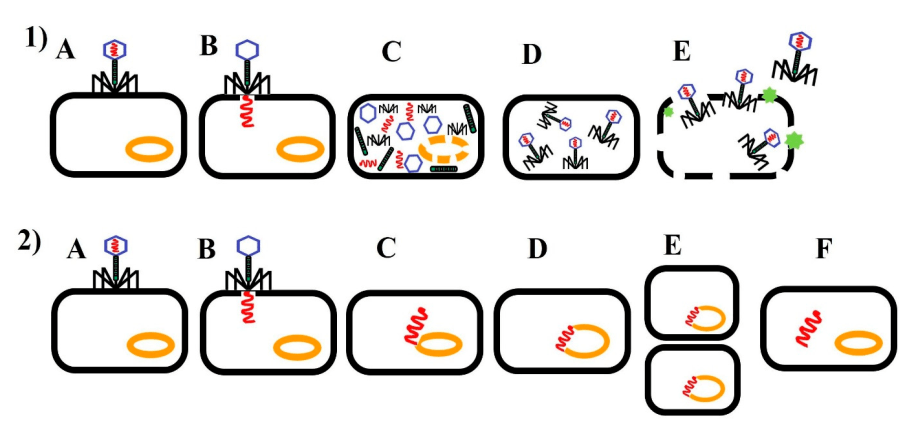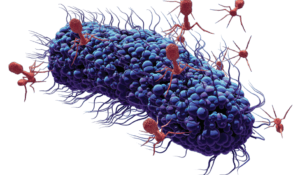
Dr. Sharad Durge
M.V.Sc., M.B.A., Ph.D. , Animal Nutritionist – PAN India, Sapience Agribusiness Consulting LLP, Bengaluru.
The over-use and misuse of antibiotics in animals’ production and human medicine is raising the threat of antibiotic resistance. Various infections in poultry are caused by bacteria and many of them are of serious concern which has already developed resistance to many of the available drug treatments. The precious effectiveness of antibiotics and drugs can be preserved if we control their indiscriminate use. In many countries, about 80% of the important drugs/antibiotics are used as antibiotic growth promoters (AGP) feeding healthy animals in animal production. It has been found that restrictions on the use of antibiotics in food-producing animals reduced antibiotic-resistant bacteria by up to 39%. WHO strongly supports and recommends the complete ban on the use of antibiotics as a growth promoter and in the prevention of disease without proper diagnosis. Many countries have already taken the initiative to ban the use of AGP in food animals. The European Union has aggressively taken steps to ban the use of AGP in food animals and food produce since 2006. Consumers are also getting aware of their food and driving the demand for meat raised without AGP. Many food chains campaign and adopt “antibiotic-free” policies for their animal produce supply. The natural and most effective alternatives are the only way to a sustainable solution.
Nature has developed its own produce and check system. Bacteriophages are the part of natural check system. Bacteriophages are amongst the most ubiquitous organisms on planet earth. It plays a significant role in maintaining microbial balance on the planet earth. Bacteriophages are small viruses with the ability to kill bacteria without affecting cell lines from other organisms. Because of the accurate specificity to target cells, the application of bacteriophages has been used in therapy to treat acute and chronic infections described in the disciplines of dermatology, ophthalmology, urology, stomatology, paediatrics, otolaryngology, and surgery (d’Herelle, 1931; Abedon et al., 2011; Chanishvili 2012). Scientists were passionate about phage therapy as a treatment for bacterial diseases in the pre-antibiotic era.
The roots of phase technology are lies in India. A British bacteriologist Ernest Hanbury Hankin observed that a biological principal present in the water of Ganga and Yamuna kills cholera-inducing bacteria in their bacterial culture. He also observed that this principal substance could pass through millipore filters (Hankin, 1896). During experiments with the vaccinia virus, Frederick Twort observed that the pure cultures of bacteria were associated with some kind of filter-passing transparent material (Twort, 1915). He found that this filterable material isolated from micrococci could not be sub-cultured but able to infect a fresh growth of micrococcus. He assumed that as that filterable transparent material was unable to grow in the absence of bacteria hence must be some part of the bacterial and called it a ferment secreted by the bacteria by Twort, at that time.
Bacteriophages are in abundance and mostly associated with the environment where there is bacterial cells exist. The population number in aquatic systems lies within the range of 104 to 108 virions per ml; whereas in the soil it is about 109 virions per g (Weinbauer, 2004). The estimated total types of bacteriophages present on the planet are 1032 (Hanlon, 2007).
Bacteriophages are the obligatory parasites to bacteria. They use the bacterial cell as machinery to replicate. The life cycle of bacteriophages is divided into two types 1. lytic (virulent, productive), 2. lysogenic (temperate, dormant). Some bacteriophages can perform both lytic and lysogenic cycles depending on environmental situations.
In the lytic cycle, a bacteriophage infects a live bacterial target cell, replicates therein, kills the bacterium by lysis and releases multiple or hundreds to thousands of phages. The phage protein (holin) enables the phage-encoded endolysin to gain access and hydrolyze the peptidoglycan layer and produce pores within the cytoplasmic membrane. This results in cell lysis and release of the progeny phages, which can infect other bacterial cells, thereby repeating the cycle. Most works have indicated that bacteriophages targeting Gram-positive bacteria are not simultaneously effective against the Gram-negatives, it clearly indicates that they are species-specific.
In contrast, the lysogenic cycle does not lyse host cells. Instead, it leads to the integration of phage genetic material into the bacterial genome and then its transmission into new cells. The dormant phages are known as a prophages or endogenous phages. Under abnormal environmental conditions, the phage can become active and enter the lytic stage.

Source: (Wittebole et al, 2014)
The life cycle of bacteriophage:
1) Lytic cycle. (A) Attachment (B) Penetration (C) DNA replication and protein synthesis (D) Assembly packaging (E) Lysis of host cell. Progeny phages can infect further bacterial cells and the cycle starts again.
2) Lysogenic cycle. (A) Attachment (B) Penetration (C) Integration of phage DNA (D) Prophage stage (E) The prophage is replicated along with the bacterial genome.
The bacterial cell divides and prophage DNA is transferred into daughter cells. (F) Sometimes the prophage can be induced to become active. The prophage DNA is excised from the bacterial genome and enters the lytic cycle.

Bacteriophages best to use in feed
Now bacteriophage technology is available to use in poultry and swine production. Each phase is specific to the strain of bacteria. Excelsio a bacteriophage technology available in the market is comfortably used in feed. As daily feed intake per animal is fixed the dose of product can be regulated.
The proper dose of bacteriophage can act effectively against bacterial helping to keep pathogenic bacteria under control. Excelsio works against more than 16 types of strains of Salmonella, E. coli, Clostridium, and Staphylococcus.